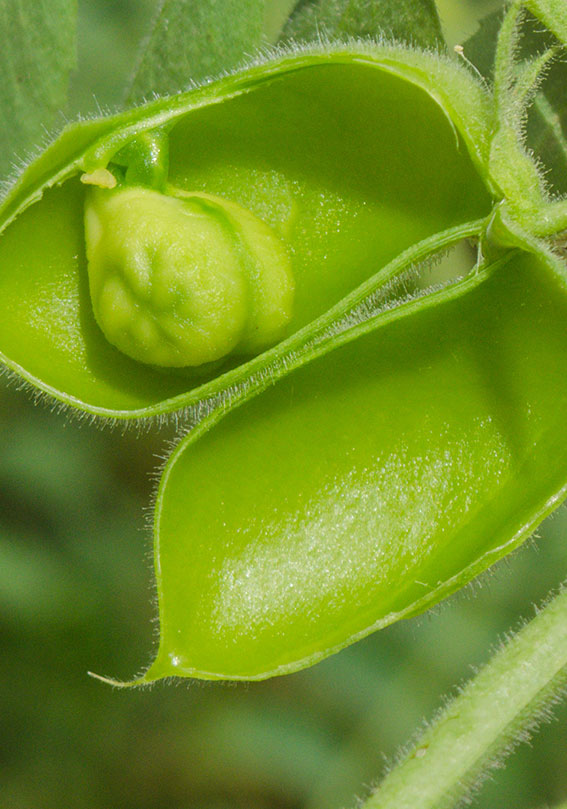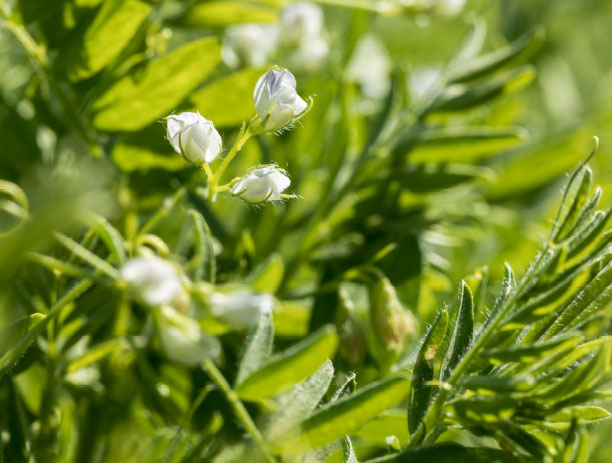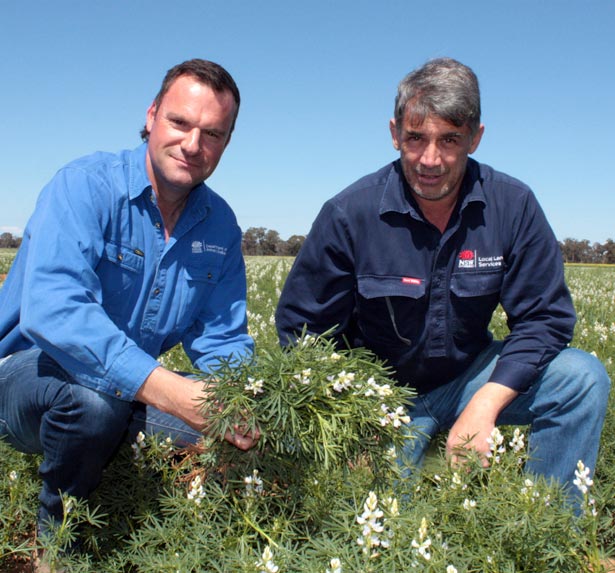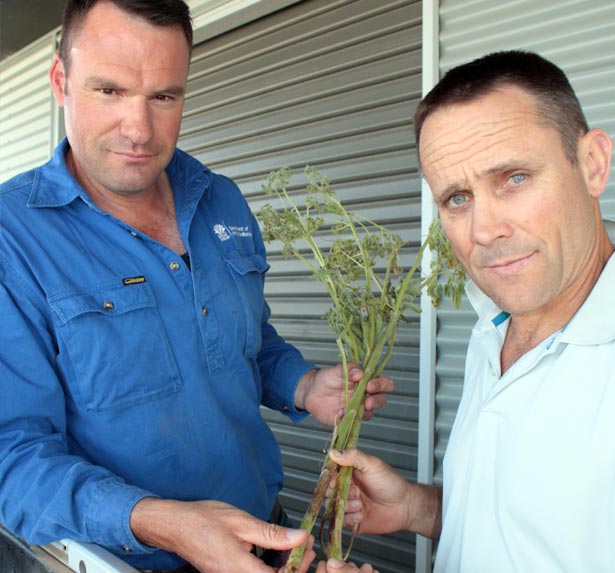
Pulses
cropping
Pulses

-
Output $75m est. Down 71% yoy
-
Production down 79% yoy
-
Prices supported by stockfeed demand

The decrease in Output was predominantly due to a smaller area sown, with NSW recording its lowest production level in 16 years. Prices were supported by the supply deficiency and livestock feed demand.
Production
Production dropped to 120,000 tonnes, down 79% year-on-year and down 80% on the five-year average6. The area planted fell 82% year-on-year, as growers responded to Indian import tariffs and low prices experienced in the previous season. Many chose to replace pulses with other winter cropping programs. Dry seasonal conditions delayed sowing and establishment, and severe frost events in late winter and spring further limited the yield potential of the remaining crop86.
Chickpeas were hit the hardest, with production down 91% year-on-year to the lowest production level in 23 years6. This plunge in production was in stark contrast to the rapid surge in production only three seasons ago. Faba beans also experienced a considerable decline in production, down 80% year-on-year off the back of an 87% fall in area planted6.
Pulse production
- Chickpeas
- Faba beans
- Field peas
- Lentils
- Lupins
Pulse prices
- Chickpeas (Desi)
- Faba beans
- Lupins
- Field peas
Price
Domestic prices were largely influenced by developments in India and seasonal supply issues. Enduring import tariffs on chickpeas and peas (60% tariff for chickpeas and 50% for peas) continued to impact trade into India, our largest and most valuable pulse trading destination. Prices were volatile and despite the demand uncertainty, were largely supported by the limited domestic supply, high livestock prices which increased demand for pulse-based stockfeeds, and the relocation of product to other export markets120.
Faba bean prices were the standout, up 89% year-on-year, with prices escalating in summer beyond that of chickpeas to reach a seasonal high of $867 per tonne in February61. Values were supported by extremely tight domestic feed supplies, which limited the export surplus, a global shortage of faba beans, and increasing demand from Egypt and Saudi Arabia, which drove strong competition in export markets120.
Chickpea prices were volatile but remained remarkably resilient despite the tariff burden. Domestic chickpea prices were down 13% on the three-year average and 6.3% year-on-year, to reach an average of $657 per tonne61.
Trade
The NSW crop was so small it offered minimal tonnage for export, and export volumes fell by 46% to just 27 million tonnes87. Total export value also fell 83% year-on-year as the market responded to the relative absence of India and the lack of domestic supply. Pakistan and Bangladesh were our largest trading partners, accounting for more than 70% of the state’s exports by value87.
NSW export market share
The importance of India
in the global pulse market
India is the largest producer (25% of global production), consumer (27% of global consumption), and importer (14% of global imports) of pulses in the world141. Pulses are a major source of protein in Indian diets, with consumption commonly exceeding domestic production. This structural gap is expected to continue until at least 2035 due to growth in food demand from a rising population and a shift in consumer class45.
The Indian Government is working to minimise this gap, aiming to increase domestic production, improve the income of its farmers, and improve food security. Agriculture is one of India’s most regulated sectors and the Indian Government has traditionally applied several measures to manage its domestic pulse market situation and control trade in pulses, including stock control measures, minimum support prices, import quotas, and tariffs80. Given India’s influence in the global pulse market and its domestic policy framework, global trade is traditionally volatile and prices are difficult to predict141.
In recent years, countries like Australia, Canada and the US have increased their domestic pulse production, seeking to provide balance to global supply and demand120. NSW producers began to make small increases to the area planted to pulses in 2008–09, with the most significant increases in area planted and production occurring in 2014 and 20166. The 2014–15 pulse season in India was a particularly poor one, with adverse weather conditions triggering the need for more imports. This situation had reversed by 2017–18, when domestic production in India reached an estimated 25 million tonnes69. Until 2017, imports into India had remained unrestricted, and, when combined with the sizeable domestic crop, resulted in an oversupply and falling prices120.
India announced tariff restrictions and duties on a number of pulse imports in late 2017, which were increased in early 2018. The effect of these actions has been substantial and enduring and confirms India’s role as the key driver of the global pulse trade industry120.



